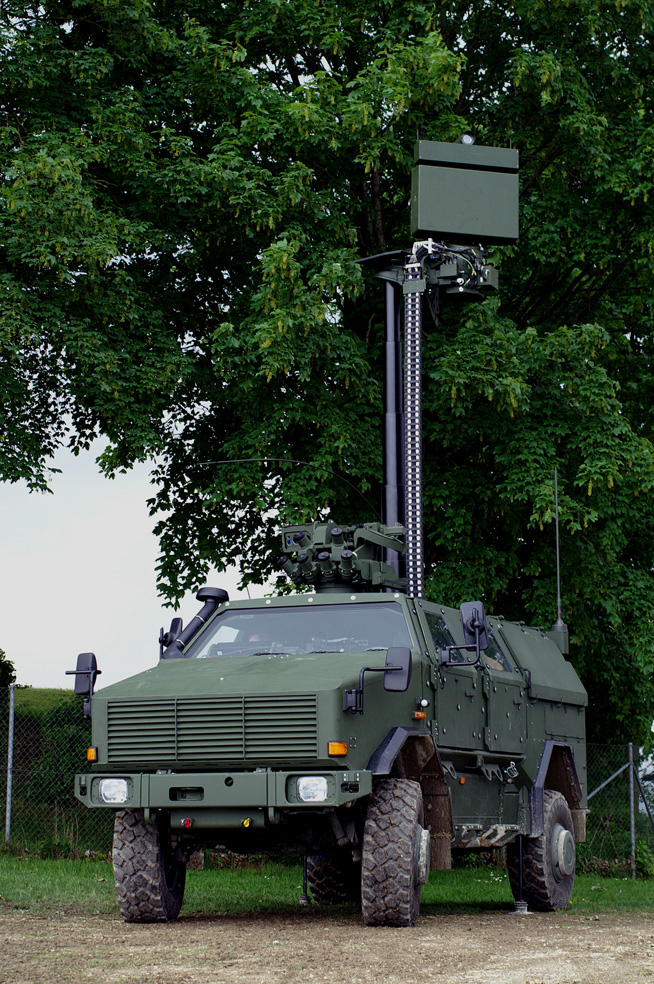WASHINGTON, Nov. 9, 2010 — Over the past 15 months, the Air Force has built from scratch a model new command that will sustain and modernize U.S. intercontinental ballistic missile wings and the nuclear-capable bomber fleet, the general who leads the new command said today.
“Some people have likened that to trying to build an airplane while actually having to fly it,” Air Force Lt. Gen. Frank G. Klotz told a group of defense reporters here. “And at times, it has seemed like that to us.”
Global Strike Command is the Air Force’s first new major command in 27 years. It’s also part of a larger strategy that Air Force Secretary Michael B. Donley and Air Force Chief of Staff Gen. Norton A. Schwartz drafted “to bring focus and attention back to the nuclear enterprise,” Klotz said.
The command, activated in August 2009 with headquarters at Barksdale Air Force Base, La., has gone from 47 permanent staff and an equal number of temporary-duty staff to a staff of 800, plus 100 contractors.
“We had to publish the guidance, the instructions and the checklists that govern activities inside the bomber and the ICBM worlds,” Klotz said. “As it turned out, we had to write nearly 200 of these documents that were several hundred pages long and ensure that they got trained and implemented in the field. It’s a pretty daunting task.”
The command is responsible for three ICBM wings, two B‑52 Stratofortress wings and the only B‑2 Spirit wing. About 23,000 people assigned to the command work in locations around the world.
For the first time since the end of the Cold War, Klotz said, the Air Force legs of the nuclear triad — which is composed of land-based ICBMs, strategic missiles and ballistic-missile submarines — are back under one command.
During the Cold War, Strategic Air Command was responsible for the Air Force segments of the triad.
“At the end of the Cold War, … those responsibilities were divested,” Klotz said. “The bombers went to Air Combat Command and the ICBMs went to … Air Force Space Command.”
That meant two different commands with two different commanders and two different organizations with different priorities and different resources were focusing on the Air Force nuclear enterprise, Klotz said.
“Our thought was that there was some fraying in the nuclear enterprise as a result,” he added, “and to bring focus back to the enterprise, a number of steps were taken, including creation of the Air Force Global Strike Command.”
In April 2009, President Barack Obama told a large audience in Hradcany Square in Prague in the Czech Republic that the United States would take concrete steps toward helping to create a world without nuclear weapons.
“We will reduce the role of nuclear weapons in our national security strategy and urge others to do the same,” Obama said, adding that as long as such weapons exist, the United States “will maintain a safe, secure and effective arsenal to deter any adversary, and guarantee that defense to our allies.”
That position is manifest in the Defense Department’s April 2010 Nuclear Posture Review Report, Klotz said, “and in the attention to our enterprise provided by senior leadership from [Defense Secretary Robert M. Gates] on down, as well as the resourcing that goes with it.”
Still, the number of U.S. nuclear weapons is declining, from nine operational bases and 1,054 missiles to three bases today and 450 missiles, he said. During the Cold War, Strategic Air Command had more than 1,000 bombers. Today, 76 B‑52s and 20 B‑2s make up the bomber inventory.
“But I still think there is a compelling need for a balance across the bomber, the ICBM and the sea-launched ballistic legs,” Klotz said.
Klotz said he also supports ratification of a new strategic arms reduction treaty between the United States and Russia, which together are stewards of more than 90 percent of the world’s nuclear weapons. The old START treaty lapsed Dec. 5, and the Senate has not yet voted on the new treaty.
“The secretary of defense, the chairman of the Joint Chiefs of Staff, the commander of [U.S.] Strategic Command and virtually every former commander of Strategic Command have very cogent and compelling arguments in favor of ratifying the treaty,” he said.
Klotz, who has been working in arms control and arms control policy since the mid-1970s, said such a treaty facilitates important communication between the two largest nuclear powers.
“It’s critically important that the United States and Russia … have a continuous dialog on issues related to nuclear policy, including such areas as security, safety and command and control,” he said.
“This type of interaction in which the arms control treaties are the centerpiece, the nexus around which all that takes place, are critically important for understanding, for transparency and for openness between the two largest nuclear powers,” the general added.
Source:
U.S. Department of Defense
Office of the Assistant Secretary of Defense (Public Affairs)

 von
von 

